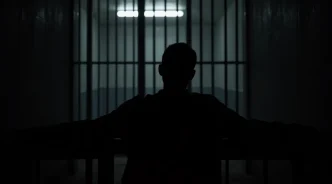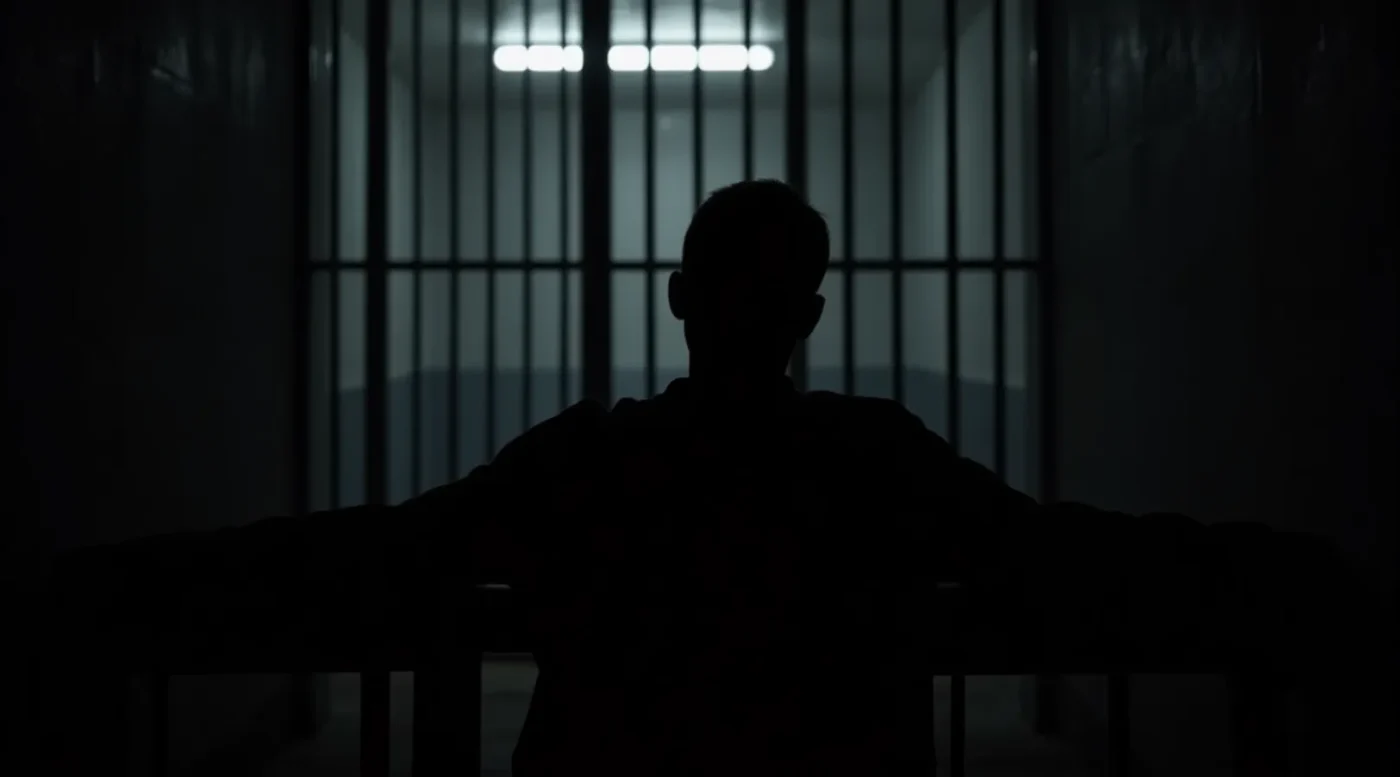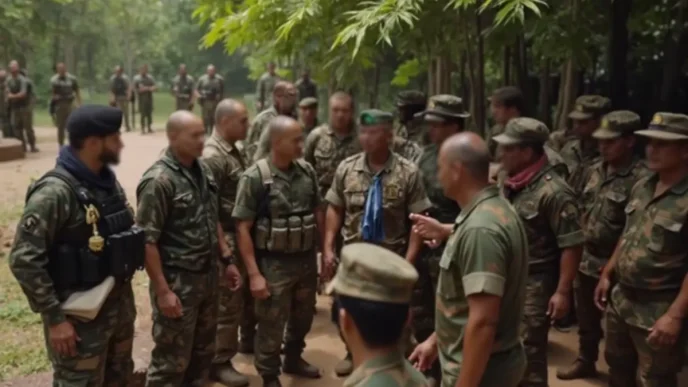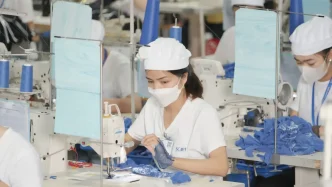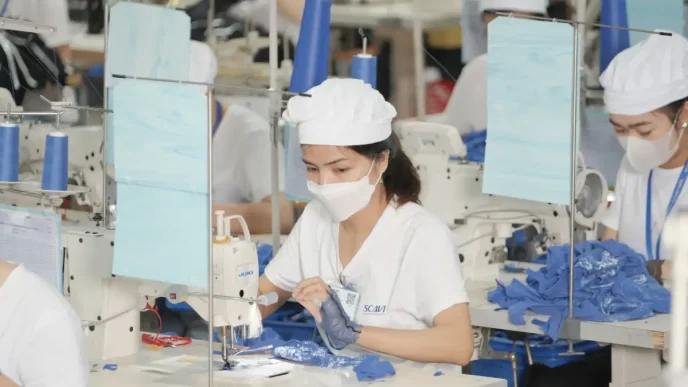In a significant gesture reflecting Vietnam’s longstanding humanitarian traditions, the State President has signed a decision to grant amnesty to 8,055 prisoners, with an additional individual receiving a temporary suspension of their jail term. The decision, effective from May 1, 2025, was announced by Phạm Thanh Hà, Deputy Chairman of the Presidential Office, during a press conference in Hanoi on April 29.
A Tradition of Clemency
This latest round of amnesty is rooted in Vietnam’s legal and cultural framework, specifically Article 88 of the 2013 Constitution and the 2018 Amnesty Law. These provisions institutionalize the practice of clemency as a means of reintegrating individuals into society, particularly those who have demonstrated good conduct during their imprisonment. Hà emphasized that the process has been conducted with strict adherence to transparency, fairness, and democratic principles, ensuring that legal standards are meticulously followed.
Amnesty in Vietnam is not a new phenomenon. Over the years, the ruling Communist Party and the state have implemented multiple rounds of clemency, often coinciding with significant national holidays or events. This practice underscores a broader policy of balancing justice with compassion, a principle deeply embedded in the nation’s approach to governance. The timing of this announcement, just before the effective date of May 1, aligns with Vietnam’s Reunification Day on April 30—a public holiday commemorating the end of the Vietnam War and the reunification of the country in 1975—potentially symbolizing renewal and reconciliation.
Details of the Amnesty
Among the 8,055 prisoners granted amnesty, 25 are foreign nationals representing nine different countries, as revealed by Lieutenant General Lê Văn Tuyến, Deputy Minister of Public Security, during the same press conference. While specific details about the nationalities or the nature of their offenses were not disclosed, their inclusion highlights Vietnam’s commitment to extending humanitarian policies beyond its borders, potentially as part of broader diplomatic efforts.
With approximately 190,000 individuals currently serving prison sentences across the country, this amnesty affects a small but significant portion of the incarcerated population. The selection criteria, though not fully detailed in the announcement, typically prioritize prisoners who have shown remorse, complied with prison regulations, and pose no further risk to society. This selective approach aims to ensure that clemency serves both humanitarian and public safety objectives.
Legal and Social Implications
The legal framework governing amnesty in Vietnam is designed to balance the rights of individuals with the needs of society. The 2018 Amnesty Law, for instance, outlines clear procedures for identifying eligible prisoners, involving multiple levels of review by judicial and administrative bodies. This structured process is intended to prevent arbitrary decisions and ensure that only deserving cases are considered. Hà’s assurance of a “strict, transparent, and fair” process suggests a continued effort to uphold these standards, potentially in response to past criticisms or public scrutiny over the fairness of such decisions.
From a social perspective, amnesty carries profound implications for both the individuals released and the communities they return to. For the prisoners, it offers a chance to rebuild their lives, reconnect with families, and contribute to society. However, reintegration is often fraught with challenges, including social stigma and limited access to employment or support services. While Vietnam has made strides in addressing these issues through vocational training and community programs in prisons, the scale of this release—over 8,000 individuals—raises questions about the adequacy of post-release support systems.
Moreover, the inclusion of foreign nationals in the amnesty list could have diplomatic ramifications. Granting clemency to foreigners may serve as a gesture of goodwill, potentially easing tensions or strengthening ties with the countries of origin. If confirmed, such a move could reflect Vietnam’s broader foreign policy objectives, particularly in fostering regional and international cooperation. However, without specific details on the individuals or their cases, these possibilities remain speculative.
Public and Political Context
The decision to grant amnesty comes at a time when Vietnam is navigating complex domestic and international challenges. Domestically, the government continues to emphasize social stability and national unity, often using symbolic gestures like amnesty to reinforce these values. The timing of this announcement, close to Reunification Day, may be intended to resonate with the public as a message of healing and progress, particularly in a country where historical divisions and wartime legacies remain sensitive topics.
Politically, the move aligns with the Communist Party of Vietnam’s (CPV) broader narrative of humanitarian governance. The CPV, which has led the country since 1976, often frames policies like amnesty as evidence of its commitment to the welfare of its citizens, even those who have erred. This narrative is particularly significant ahead of major political events, such as the National Congress of the CPV, where leadership transitions and policy directions are debated. While there is no direct evidence linking this amnesty to upcoming political milestones, the scale and publicity of the decision suggest an intent to bolster public support or highlight the state’s benevolence.
Public sentiment, as gauged from limited discussions on platforms like X, appears cautiously optimistic. Many Vietnamese netizens view amnesty as a positive step, though some express concerns about recidivism or the transparency of the selection process. These reactions, while not representative of the entire population, underscore the need for clear communication from authorities about how such policies are implemented and monitored.
Broader Regional and Historical Perspective
Vietnam’s approach to amnesty is not unique in the Southeast Asian context, where several countries have similar traditions of clemency tied to cultural or religious values. For instance, Thailand frequently grants royal pardons during significant national events, often releasing thousands of prisoners as a mark of compassion under the monarchy’s influence. Similarly, Indonesia has implemented mass amnesties during religious holidays like Eid al-Fitr, reflecting Islamic principles of forgiveness. In Vietnam, however, the practice is more closely tied to state ideology and national history, rather than religious or monarchical traditions, reflecting the country’s socialist framework.
Historically, Vietnam’s use of amnesty dates back to post-war reconciliation efforts in the late 1970s and 1980s, when the government sought to reintegrate individuals associated with the former South Vietnamese regime. Over the decades, the policy has evolved to encompass a broader range of offenses, though political prisoners remain a sensitive and often opaque category. While this latest amnesty does not explicitly mention political cases, the sheer number of releases suggests a wide scope, potentially including individuals convicted of non-violent or minor offenses.
Looking at the regional landscape, Vietnam’s prisoner population of 190,000 is substantial but not disproportionate compared to neighboring countries. Thailand, for instance, has faced international criticism for overcrowded prisons, with a reported population exceeding 300,000 in recent years. Vietnam’s amnesty, while significant, is unlikely to dramatically alter its incarceration statistics, but it does signal a willingness to address systemic issues through periodic releases rather than comprehensive penal reform—at least for now.
Challenges and Future Outlook
While the amnesty is a commendable step, it also highlights broader challenges within Vietnam’s justice and penal systems. Overcrowding, limited rehabilitation resources, and inconsistent access to legal representation remain pressing issues, as noted by various human rights organizations. Although this decision does not directly address these structural concerns, it may provide temporary relief to strained facilities and offer a window for policymakers to consider longer-term solutions.
For the individuals released, the path forward depends heavily on societal acceptance and government support. Past amnesties have shown mixed outcomes, with some former prisoners successfully reintegrating while others struggle due to lack of skills or opportunities. If the state intends to maximize the impact of this policy, complementary measures—such as job training programs or community outreach—will be crucial. There is no public indication of such plans accompanying this amnesty, but future announcements could shed light on the government’s strategy.
Internationally, the inclusion of foreign nationals in the amnesty list may draw attention from diplomatic circles. If these releases are tied to specific bilateral agreements or requests, they could pave the way for improved relations with the affected countries. However, without concrete information, this remains an open question for observers of Vietnam’s foreign policy.
As Vietnam moves forward with implementing this amnesty, the focus will likely shift to its tangible outcomes—both for the individuals released and for the broader narrative of justice and compassion in the country. How these 8,055 stories unfold could shape public perceptions of the state’s humanitarian commitments for years to come.

